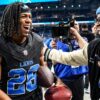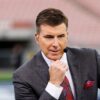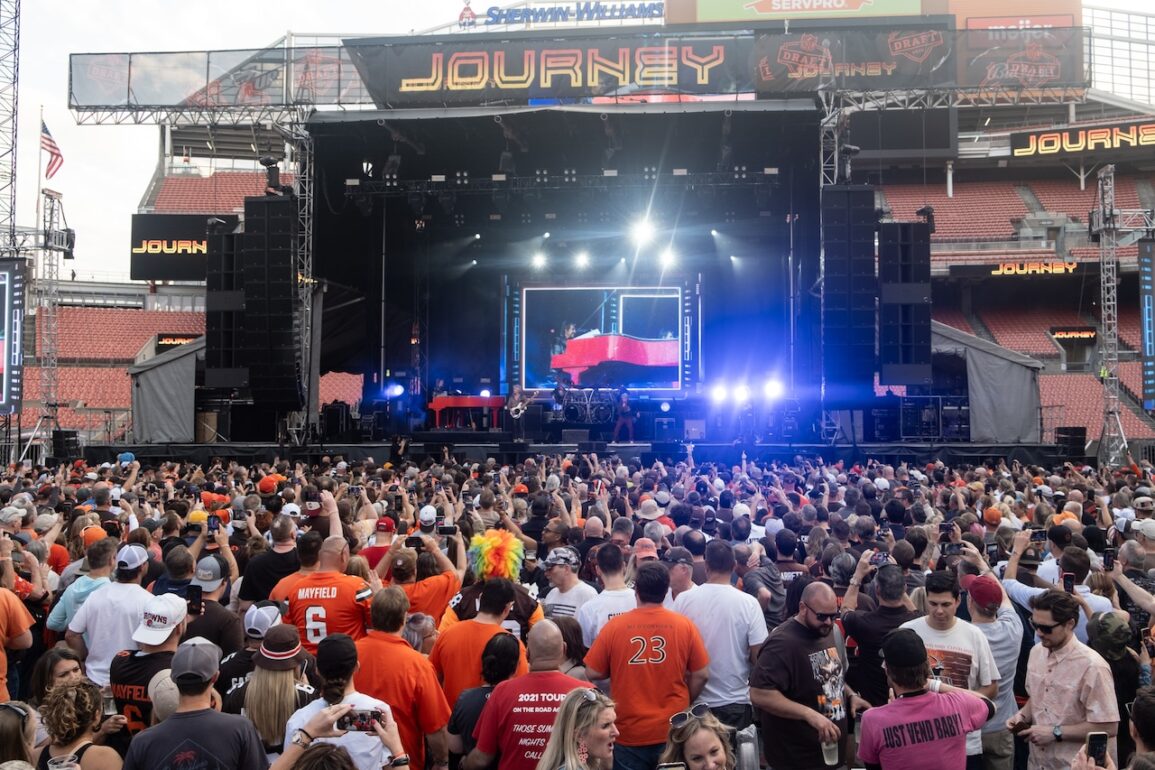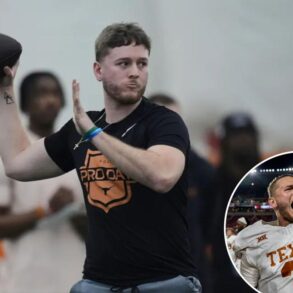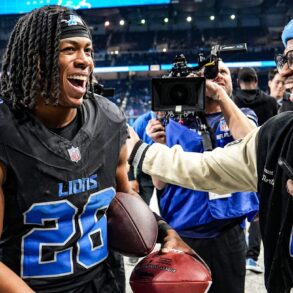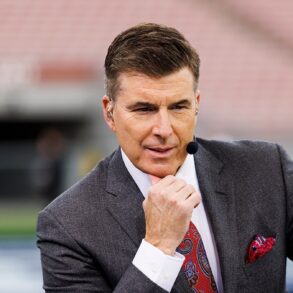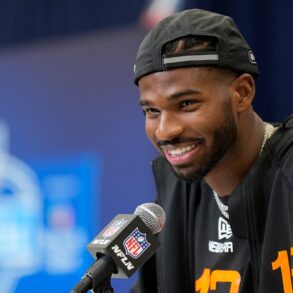
I’ve mentioned a time or two in this space that I started life in the newspaper business as a sportswriter. It was an energizing, enjoyable job, and I thought I’d be doing it forever. My friends all considered me the luckiest guy on earth.
But as with many things, the role eventually lost its luster, and it’s easy to recall the day I realized that:
We were deep into our preparation for my first NFL draft as sports editor for The Plain Dealer, and I was finding it increasingly difficult to take seriously what I considered to be many fans’ obsession with arcane player detail. I thought it was silly, and an unproductive misappropriation of time and brain cells.
So I devoted my weekly column to having a little gentle fun with the kind of people who populated sports talk shows and our phone lines with exhausting minutiae regarding the strengths and weaknesses of collegiate offensive tackles, and opinions on which player the Browns might select in the sixth round.
Get a life, was the general theme. Let’s wait to see how they actually perform on the field before getting all worked up.
The next day, I got a phone call from my father.
“You know,” he said. “This is your job. These are your readers you are ridiculing.”
He was right, as he often was, and it wasn’t long afterward before I sought life elsewhere in the newsroom.
In my defense, this was in 1992, before the NFL draft became A Thing – the overblown wall-to-wall televised three-day extravaganza it has become. Before self-proclaimed experts across the land were releasing imaginary mock drafts every day for months before the actual event. When Mel Kiper Jr. was still considered to be an oddly coiffed, excitable geek, rather than the famous, go-to draft seer he is today. About 1.6 million gridiron fanatics watched the “action” on the still-nascent ESPN cable network, and it all took place in the ballroom of the Marriott Marquis hotel in New York City.
The days when NFL general managers would annually gather in a room and pick names out of college football magazines were long gone, but 1992 was still a time when sportswriters could sit in the teams’ draft rooms and watch the proceedings, interviewing scouts and assistant coaches as the whole thing unfolded.
Contrast that with the latest NFL draft last weekend, when more than 600,000 fans packed the grounds of Green Bay, Wisconsin’s Lambeau Field between Thursday and Saturday, and an average audience of 13.6 million viewers watched the first round on television. And any sportswriter who dared try to infiltrate any team’s “War Room” would risk being shot on sight.
The people have spoken, and they have emphatically stated that I was all wet in that long-ago column.
The good news for me is that I no longer do that for a living, and I can tell you that it’s a lot more fun being a sports fan than a sportswriter or editor – even though most sports fans don’t get to go into locker rooms and interview the heroes of the fields, courts and diamonds, and tell others about it. Actually, that’s generally a good thing: I’ll just say that there’s a reason we are warned to never meet our heroes.
So with a nod toward the irony of it all, I’ll confess that I spent 20 or so hours last weekend riveted to the television, watching every minute of this year’s NFL draft.
It was the first time I’ve ever done it, and I found myself fascinated by the reams of information and insight the experts had gathered on players from all seven rounds, and the striving to say something good about each one.
If every player they said “should have been taken higher” actually had been, the NFL would have needed 45 picks in each of the first couple rounds instead of the 32 they had.
I wanted to see whom the Browns would pick, of course, and was captivated by the ongoing drama surrounding Colorado quarterback Shedeur Sanders – ultimately selected, of course, by Cleveland in the fifth round, far lower than expected.
I’ll leave the analysis to the pros – I’d never heard of the guy the Browns took in the first round (defensive tackle Mason Graham of Michigan) and my prediction on how Sanders might do isn’t any better than yours. Suffice it to say that I was entertained in a way the 1992 me would never have believed, and pleased to join the multitudes.
As for 1992, perhaps I was actually more on target than my father had imagined – at least in predicting the relative (un)importance of it all. The 1992 draft produced a thoroughly forgettable group of rookies, and is widely considered one of the worst in history.
Here in Cleveland, it was Bill Belichick’s second try at picking winners, and “with the ninth pick of the 1992 NFL draft,” as current Commissioner Roger Goodell would say, the coach selected “Touchdown Tommy” Vardell out of Stanford University. In keeping with the Browns’ less-than-stellar history on draft day, Touchdown Tommy played four years in Cleveland, totaling six touchdowns.
I must offer one word of caution from the 1992 draft:
Draft expert Kiper’s choice as the second-best quarterback available was Mike Pawlawski of California, whom he predicted would be selected in the first round. Pawlawski finally went to the Tampa Bay Buccaneers in Round Eight, and never played a down in the NFL.
This year, Kiper also predicted that the second-best quarterback available would go in the first round: Shedeur Sanders.
Just sayin’ ….
Anyhow, we can all now take a breath and await the start of summer practice to see what all these guys can do on the football field. But if you just can’t stand it, I’m happy to tell you that the mock drafts for the 2026 NFL Draft have already started rolling in.
And in case you’re wondering, ESPN’s draft analyst Jordan Reid predicts that our home team will trade up in the draft, and “with the first pick in the 2026 NFL Draft, the Cleveland Browns will select Cade Klubnik, quarterback, Clemson.”
Nope … never heard of him, either. But I’ll be watching.
Ted Diadiun is a member of the editorial board of cleveland.com and The Plain Dealer.
To reach Ted Diadiun: tdiadiun@cleveland.com
Have something to say about this topic?
* Send a letter to the editor, which will be considered for print publication.
* Email general questions, comments or corrections regarding this opinion article to Elizabeth Sullivan, director of opinion, at esullivan@cleveland.com.
This post was originally published on this site be sure to check out more of their content.



